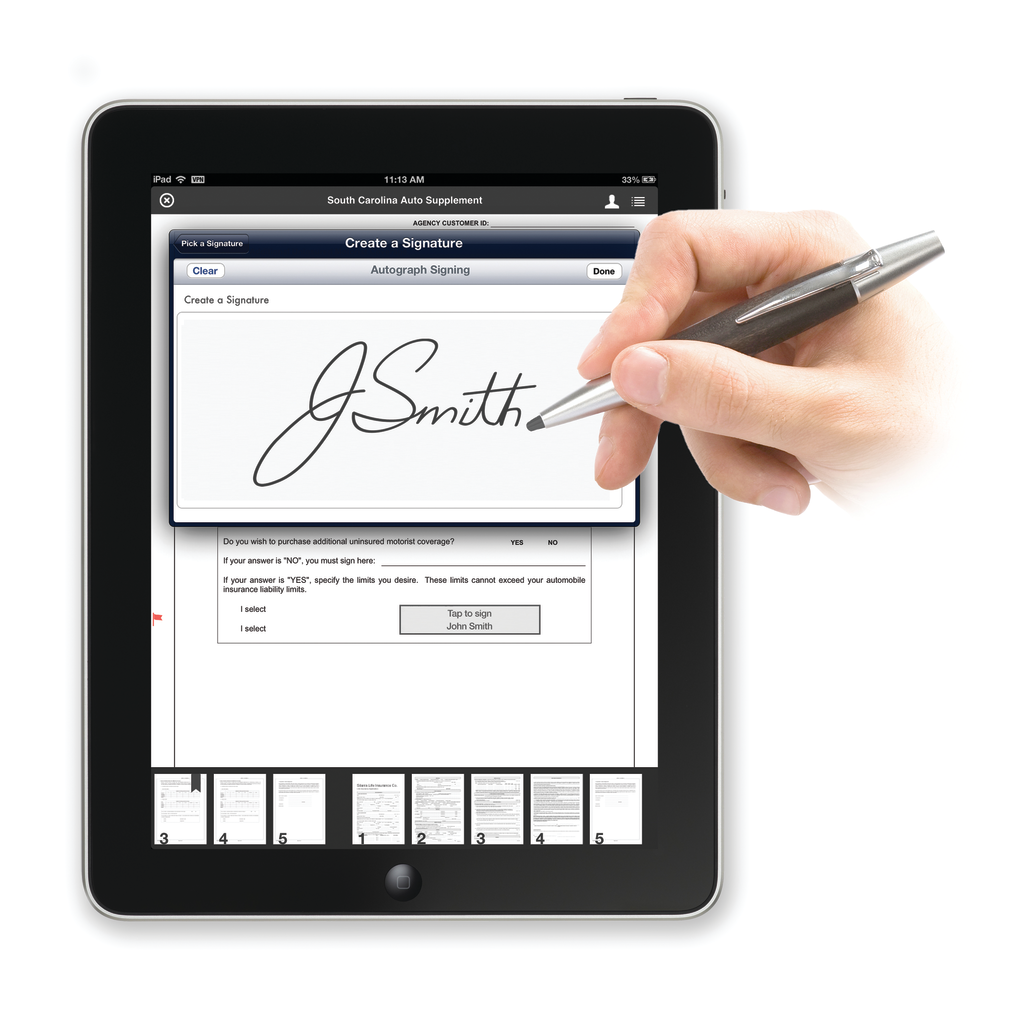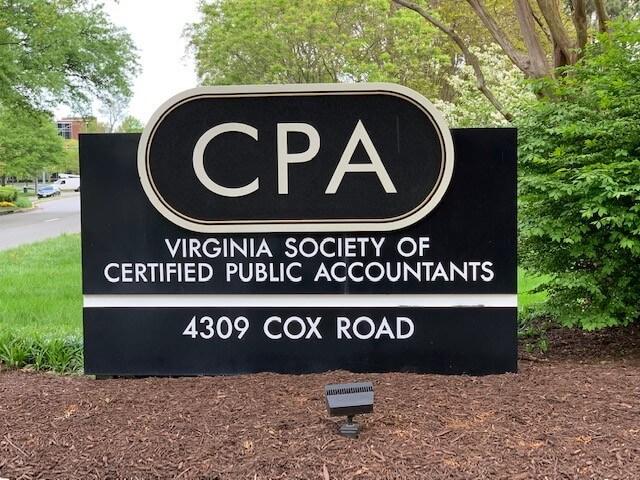Business as usual, well, just is not usual anymore. With mobility at our fingertips, we are no longer tethered to a hardwired environment and the now-standard workplace stretches beyond an office or cubical. Let us not forget that you can forget working 9 to 5.
As part of the new normal, the expectation is that everything be digital. With mobile technology permeating every aspect of life, the speed of business has increased to a level where patience for delays generated by faxing, printing and shipping packages is next to none. For tax and accounting professionals and their clients, the same holds true – relying on pen and paper simply does not add up when it comes to completing documents quickly and efficiently. Internal and external clients are increasingly demanding a simple and secure way to complete paperwork and signatures anywhere and anytime on a PC, smart phone or tablet.
Electronic signatures are proving to be a technology that is secure, easy to use, and efficient for all parties. Once available to only those with the deepest pockets and biggest IT departments, now even the lone tax and accounting professionals can easily get started on any size project with the same security and reliability as an on-premise enterprise solution sitting behind a company firewall. According to Gartner analyst Gregg Kreizman, “The ease of implementation of the Software as a Service delivery model will continue to drive adoption of e-signatures and will establish SaaS as the predominant global e-signature delivery model.”
Maybe you have already realized e-signatures are a must. But how do you go about choosing a solution that will securely authenticate, capture intent and gather, document and process evidence to keep your transactions safe, secure and compliant? Here are some tips:
- Emails should only be used as a means to take the signer to a secure site for signing.
- Online documents should be presented as they would be on paper, all in the correct order on any web browser, smart phone or tablet.
- Documents and data relevant to the signing process should be securely captured and stored.
- Signature audit trail information should be embedded in the e-signed document.
- Electronic evidence should be easily retrievable and presentable in an easy-to-view format.
Here is the thing – in order to choose the right e-signature solution, you need to know the difference between electronic signatures and digital signatures. An electronic signature, like a wet ink signature, is a legal concept, while the term “digital signature” refers to the encryption technology. Within an electronic signing application, digital signature encryption secures the e-signed data. If a document is modified or tampered with in any way, the digital signature technology will detect it and, as a result, the document will be invalidated.
But a digital signature on its own doesn’t capture a person’s intent to sign. For an e-signature to stand up in court, the solution must capture intent and consent and deliver secure, tamper-evident proof for the signature. That’s something you can only get with an e-signature solution built on digital signature technology.
Just as with a traditional pen and paper, there needs to be proof that the signer clearly understood and accepted the conditions of the contract. The e-signature solution needs a thorough and reliable system for recording the data relevant to the signing process, including how much time was spent on each section before it was signed. If the documentation is ever called into question, it will be important to be able to quickly retrieve this data and present it in an easy-to-view format.
Now, what about getting clients to use the software? Anything short of the easiest signing experience may cause signers to abandon the process. It is also important to allow signers to complete paperwork without having to install additional software or apps or having to change browsers.
For tax and accounting professionals, an e-signature solution also streamlines the document flow process. It takes valuable time to prepare documents for signing. A good e-signature solution simplifies the process by creating easy-to-use templates that are accessible in just a few clicks and requires that the signer’s information is keyed in just once.
With the pervasiveness of mobile devices in our society, traditional barriers to e-signature adoption have vanished. E-signature technology bridges the gap at the point where documents are traditionally printed out for signatures and proof of delivery. With e-signatures, all materials can be properly signed and securely handed back for processing and archiving in a completely paperless workflow.
———————-
Mary Ellen Power is vice president of marketing at Silanis Technology, a provider of electronic signature solutions. Over the years, Power has acquired in-depth knowledge of the electronic signature market and its impact in real-world customer deployments within companies of all sizes. To learn more about e-signatures, download the free white paper Beginners Guide to Electronic Signatures.
Thanks for reading CPA Practice Advisor!
Subscribe Already registered? Log In
Need more information? Read the FAQs
Tags: Security




